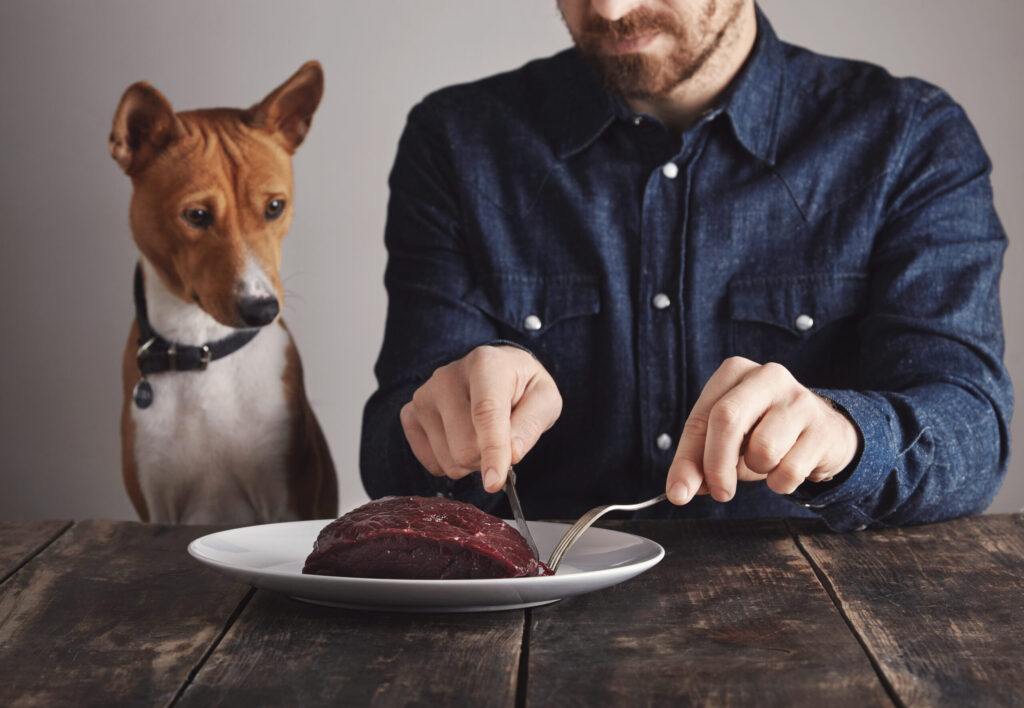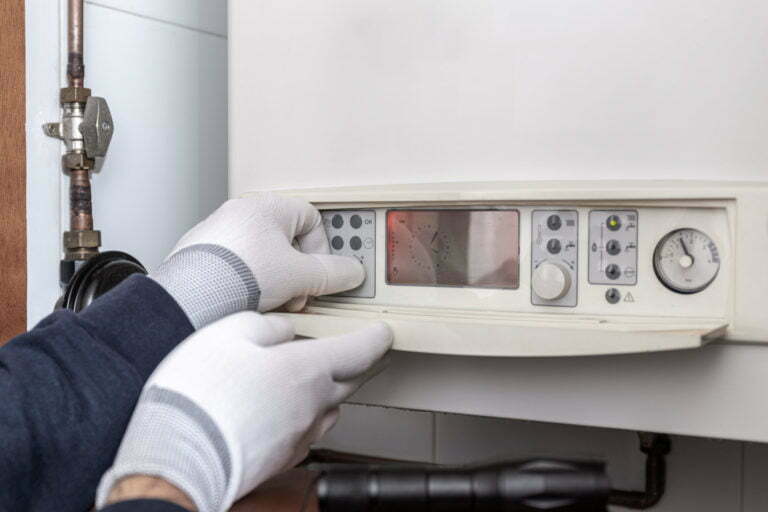How To Transition Your Dog To a Freeze-Dried Raw Food Diet
If you’re considering making changes to your dog’s diet, you might have heard about the benefits associated with a freeze-dried raw food diet. This holistic approach to canine nutrition is gaining popularity among pet owners who are looking for healthier, more natural feeding options for their furry companions. Transitioning your dog to a new diet can be a delicate process that requires patience and vigilance. In this article, we’ll guide you through the necessary steps to ensure a smooth and successful dietary change for your pet.
Understanding Freeze-Dried Raw Food Diets for Dogs

Freeze-dried raw food differs significantly from conventional dog food options. It consists of raw meats and vegetables that are frozen and then slowly dehydrated. This process preserves the natural enzymes and nutrients without the need for artificial preservatives. Many veterinarians believe a diet closer to what dogs’ wild ancestors consumed can lead to better health and vitality for your pet.
When considering a switch, it is essential to understand that raw food diets mimic a dog’s natural eating habits. These diets are often rich in protein, fats, and essential vitamins, all in their natural state. The absence of fillers and grains found in many traditional kibbles means fewer carbohydrates and potentially better digestibility.
However, not all freeze-dried raw foods are created equal. Quality varies widely among brands and price points, making it important to do thorough research before selecting a product. Freeze dried raw food for dogs, for instance, should come from reputable sources that ensure their ingredients are humanely raised and properly handled for safety.
Comparing Traditional Kibble To Freeze-Dried Raw Diets
Traditional kibbles have long been the staple diet for household dogs. They are convenient, long-lasting, and financially accessible for many pet owners. These kibbles are cooked at high temperatures, which can denature proteins and reduce nutrient levels in the final product. As a result, synthetic vitamins and minerals are often added to meet nutritional standards.
On the other hand, freeze-dried raw diets offer a more natural form of nutrition. Since they are not subjected to high temperatures, the integrity of the proteins and nutrients remains intact. The focus is on providing meals that are biologically appropriate for dogs, which means the inclusion of meat, bones, organs, and occasionally fruits and vegetables in their raw form.
Additionally, cost and convenience are common considerations for many dog owners. While freeze-dried food can be more expensive than kibble, its nutritional density means dogs may require less food per meal, which can partially offset the higher price tag.
Implementing a Gradual Transition To Freeze-Dried Raw Food
Transitioning your dog to a new diet requires a careful and gradual approach. A sudden switch in diet can lead to gastrointestinal distress, so it’s best to introduce the new food gradually over several days to a couple of weeks. Start by replacing a small portion of the old food with the new raw diet and gradually increase the amount while decreasing the old food.
Throughout the transition, watch your dog for any signs of digestive upset, such as vomiting, diarrhea, or constipation. If these symptoms occur, it may be necessary to slow the transition further. Some dogs may take longer to adjust to the new diet, and that’s perfectly normal.
Consistency is key during this period. Try to feed your dog at the same times each day and avoid giving table scraps or treats that aren’t part of the new diet plan. This helps your dog’s digestive system adapt without extra variables that could cause confusion or setbacks.
Monitoring Your Dog’s Health and Behavior Changes

With the introduction of a new diet, close monitoring of your dog’s health and behavior is paramount. Positive changes could include an improved coat, higher energy levels, and better dental health. Keep an eye out for these signs as they can indicate that the diet change is beneficial for your dog.
Weight management is another aspect to monitor. Because freeze-dried raw diets are often more calorically dense, dogs can gain weight if their portions aren’t adjusted properly. On the flip side, if a dog is not consuming enough, weight loss could occur. Keeping a weekly log of your dog’s weight can help track this.
Overall, when transitioning your dog to a freeze-dried raw food diet, it’s imperative to do your research, proceed with care, and monitor your pet closely. The benefits of a high-quality raw food diet can be substantial, but only if implemented thoughtfully and safely. With diligence and attention to detail, your dog can enjoy the myriad of health benefits that accompany a well-managed freeze-dried raw food regimen.





